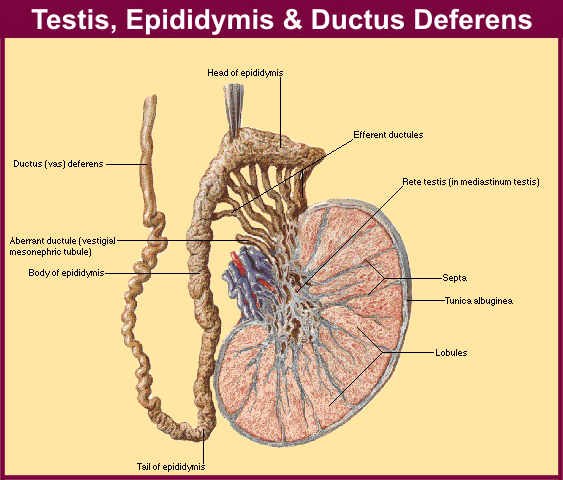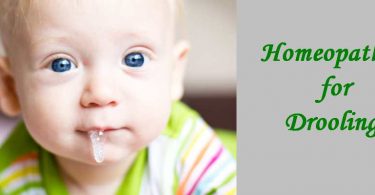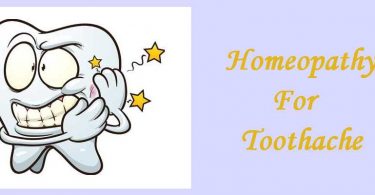
Incidence and epidemiology
In 2007, 7920 new cases of testicular cancer were diagnosed in United States; the incidence is decreasing after having increased slowly over the past 40 years. The tumor occurs most frequently in men between the ages of 20 and 40. Testicular cancer is at least four or five times more common in white than in African American men and a higher incidence has been observed in Scandinavia and New Zealand than in the United States.
Etiology of testicular cancer
Undescended testes increase the risk of testicular cancer 10-fold. Approximately 10% of testicular cancers are associated with undescended testes: one quarter of these occur in the contra lateral. Normally descended testes. Orchidopexy before the age of 2 appears to reduce the likelihood of malignancy. Prophylactic orchidectomy is recommended for post-pubertal patients with undescended testes. Other risk factors are:
- Positive family history- identified in 1-3%
- Past history of testicular cancer-cumulative lifetime risk of contra lateral cancer is <2%
- Klinefelter’s syndrome is associated with mediastinal extragonadal GCTs
- Carney’s complex- an autosomal dominant condition with spotty skin pigmentation, myxomas and hormone producing neoplasm including sertoli cell tumor.
- Peutz-jeghers syndrome.
- HIV infection.
Diagnosis of testicular cancer
sign and symptoms
postorchiectomy, most patients will have an otherwise normal history and physical examination.
Symptoms of cancer of testis
- Mass and pain – the most common symptoms of testicular cancer is a painless enlargement, usually noticed during bathing or after minoer trauma. Painful enlargement of the testes occur in 30% to 50% of patients and may be the result of bleeding or infraction in the tumor. Acute pain in a patient with a cryptorchid testis suggests that possibility of torsion of a testicular cancer.
- Acute epididymitis – nearly 25% of patients with mixed teratoma and embryonal cell tumor present with findings indistinguishable from acute epididymitis. The testicular swelling from tumor may even decrease somewhat after antimicrobial therapy.
- Gynecomastiia due to high levels of serum hCG is rarely a presenting sign.
- Infertility – is the primary symptom in about 3% of patients.
- Back pain – from retroperitoneal node metastasis is a presenting feature in 10% of patients.
- Other presenting symptoms – thorasic symptoms are rare even when extensive pulmonary metastasis are present. When there is extensive replacement of pulmonary parenchyma, patients may develop hemoptysis, chest pain, or dyspnea.
Physical findings
- Scrotum – a testicular mass is nearly always present. The testes should be palpated using bimanual technique; the finding of irregularity, induration, or nodularity is indication for further evaluation, including a testicular ultrasound to look for a hypoechogenic mass.
- Lymph node – patient must be carefully examined for lymhadenopathy, particularly in the supraclavicular region, scrotal contamination, such as following testicular biopsy, vasectomy, or herniorrhaphy, alters the normal lymphatic drainage; as a result, ipsilateral inguinal nodes may become involved.
- Breasts – gynecomastia is associated with tumors that secrete high levels of hCG.
Imaging
- Ultrasound- ultrasound detects the presence of testicular parenchymal abnormality in both testes.
- Chest X-ray – PA lateral film evaluate for pulmonary metastasis
- CT scan – Ct scans of chest, abdomen and pelvis determine extragonadal metastasis and are the most effective modality for staging of the disease.
- Magnetic resonance imaging (MRI) – MRI may provide additional information if ultrasound is indeterminate. MRI of the brain is necessary only when there are symptoms involving the central nervous system.
- Positron emission tomography scan – PET scans are not indicated in primary staging, but may have limited utility for characterizing residual masses.
Differentia diagnosis of testicular cancer
- Hydroceles – are usually benign, but about 10% of testicular cancers are associated with coexisting Hydroceles.
- Epididymitis – produces acute enlargement of the testes with severe pain, fever, dysuria, and pyuria. The same symptoms may be caused by an underlying testicular cancer.
- Varicoceles – are swollen veins in the pampiniform plexus of the spermatic cord.
- Spermatoceles – are translucent masses that are located posterior and superior to the testes, and feel cystic.
- Inguinal hernia – generally are not a diagnostic problem
Tumors markers
Are the most crucial and sensitive indicators of testicular cancer. Serum hCG and alpha – AFP are the quintessential markers in oncology. One or both of these serum markers are present in more than 90% of patients with metastatic nonseminomatous germ cell cancer of the testes.
(Dennis Albert Casciato, Mary C. Territo Manual of clinical oncology 2008 ;300-301.)
Treatment of testicular cancer
Mainly include radiotherapy, chemotherapy, and surgical removal of masses.
Homeopathic treatment of testicular cancer
Homeopathy is one of the most popular holistic systems of medicine. The selection of remedy is based upon the theory of individualization and symptoms similarity by using holistic approach. This is the only way through which a state of complete health can be regained by removing all the sign and symptoms from which the patient is suffering. The aim of homeopathy is not only to treat testicular cancer but to address its underlying cause and individual susceptibility. As far as therapeutic medication is concerned, several well-proved remedies are available for testicular cancer symptoms treatment that can be selected on the basis of cause, condition, sensation, extension, location and modalities of the complaints. For individualized remedy selection and treatment, the patient should consult a qualified homeopathic doctor in person. There are following medicines which are helpful for the treatment of testicular cancer symptoms:
Clematis, Pulsatilla, Aurum Met, Spongia, Belladonna, Lachesis, Mercurius, Graphites, Rhododendron, Silicea, Nitric Acid, Bromium, Natrum Mur, and Phosphoric Acid and many other medicines.
Reference:
- Orla McArdle, Deirdre O’Mahony; Oncology: an illustrated colour text 2008; 54
- Jame Abraham, Carmen J. Allegra, James L gulley, James Gulley; Bethesda Handbook of clinical oncology 2009; 212
- Ramaswamy Govindan; The Washington manual of oncology 2007; 254




